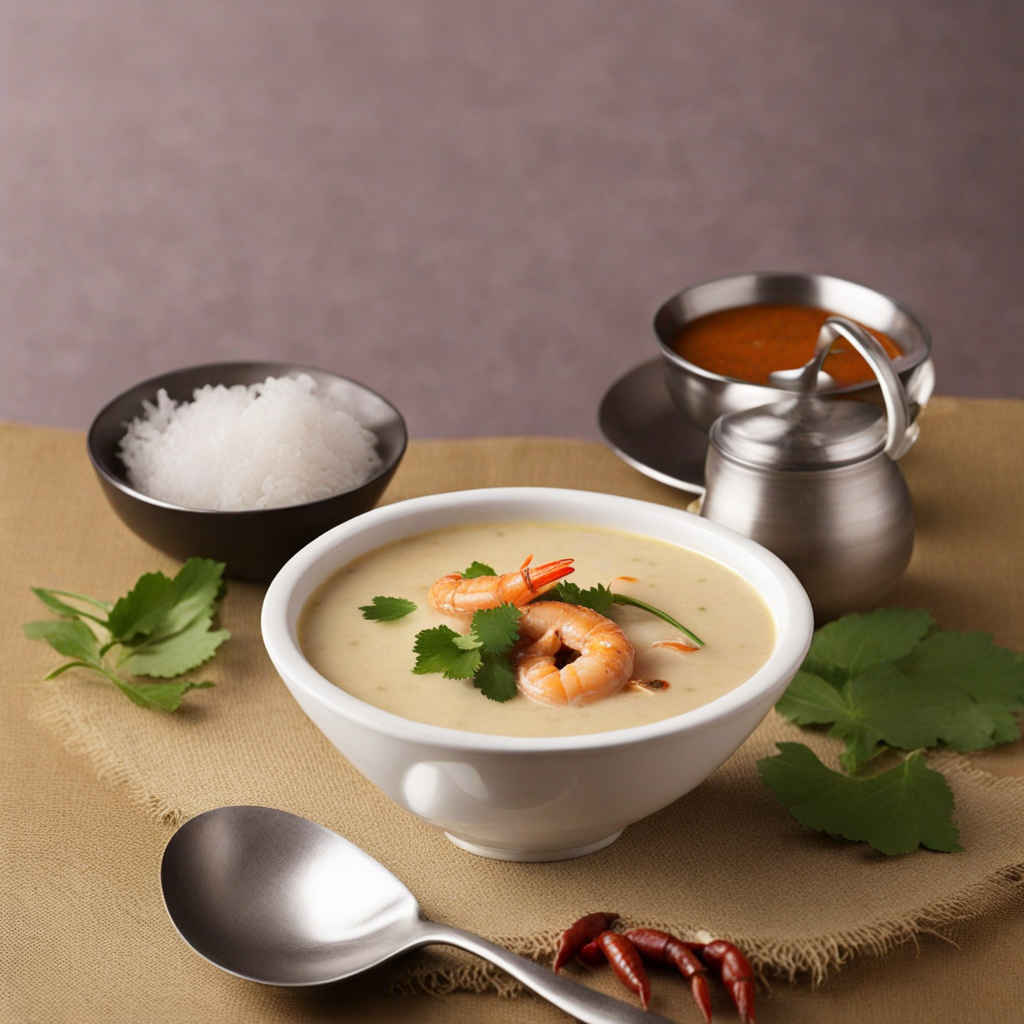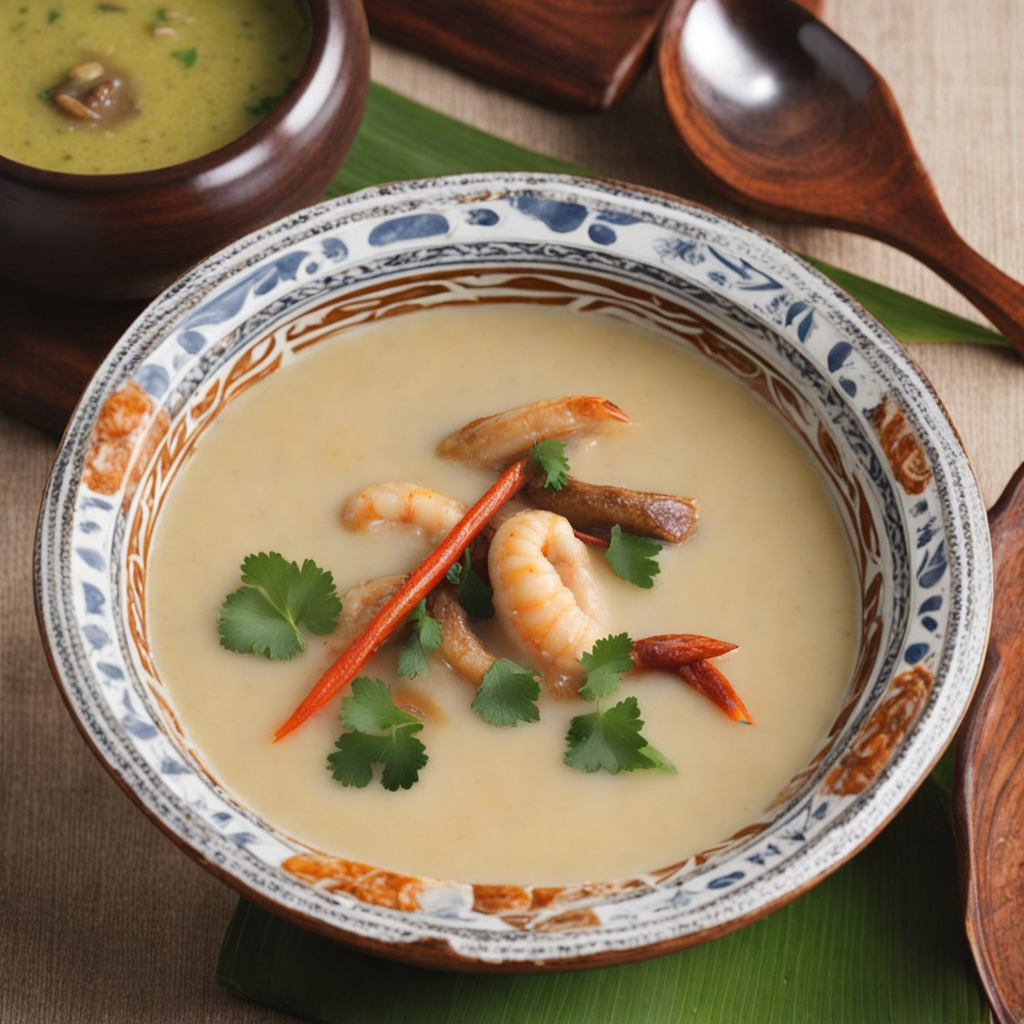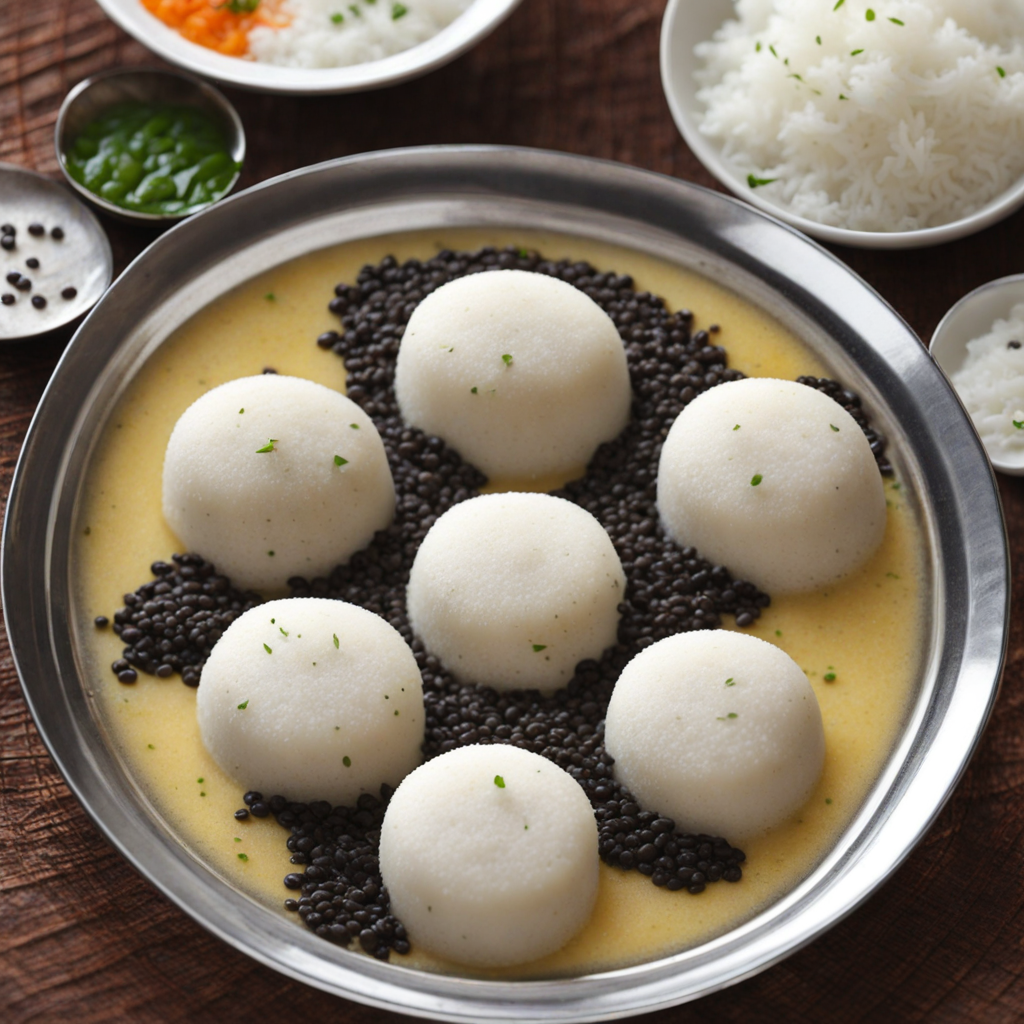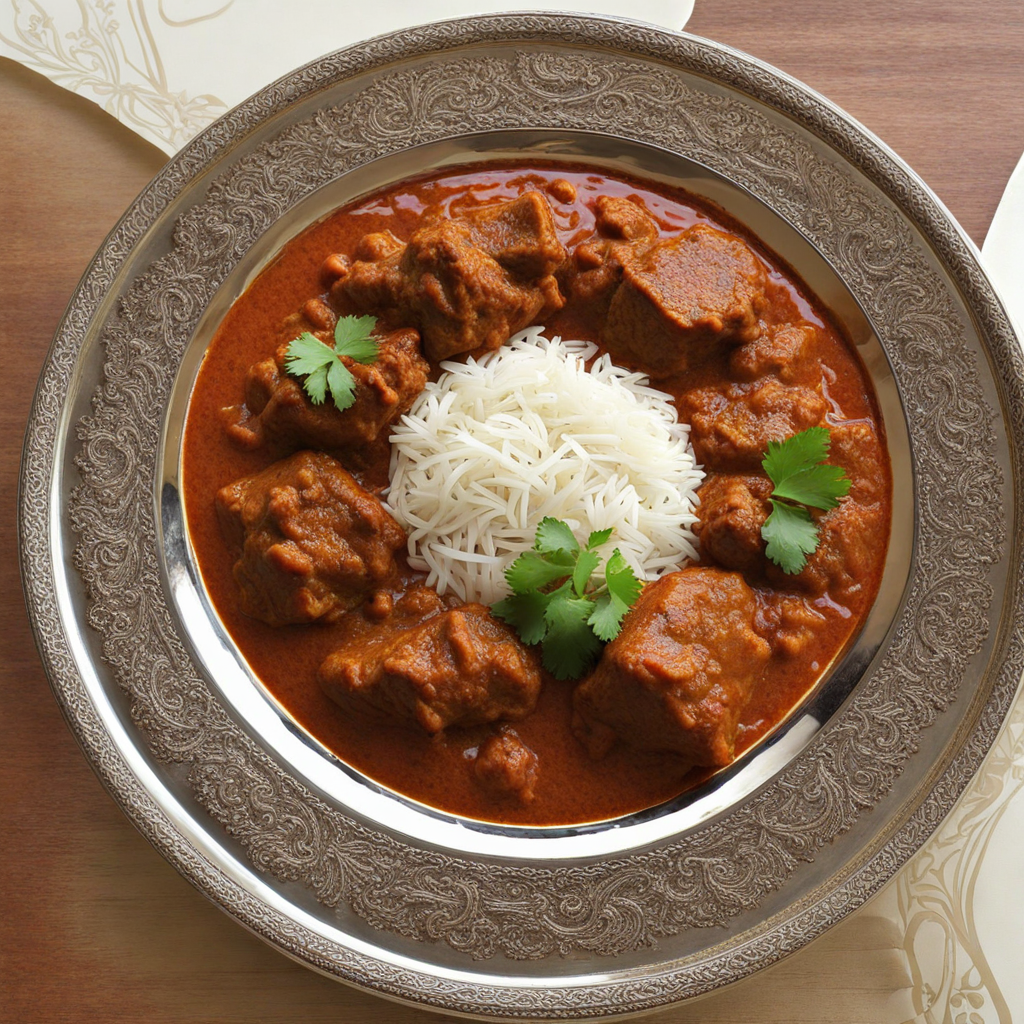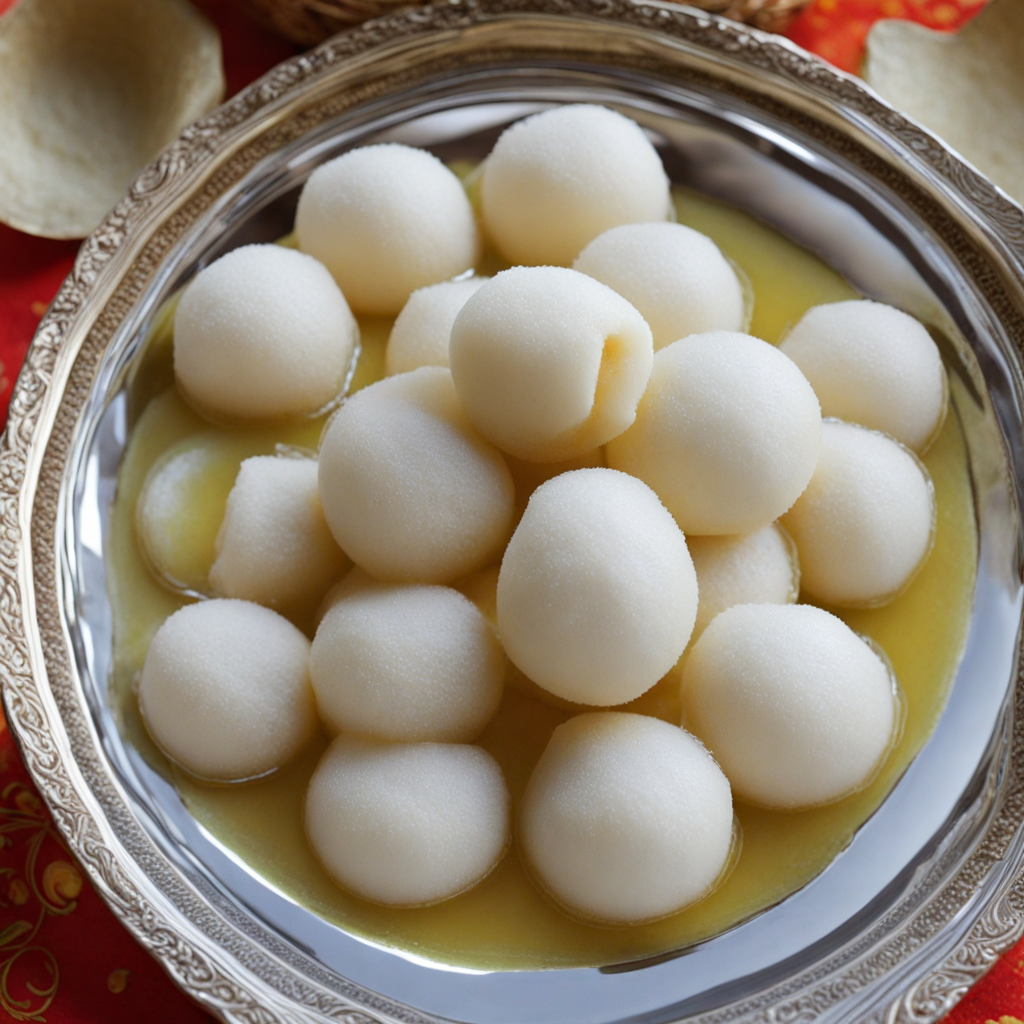Saar
Saar is a delightful Indian dish that embodies the essence of comfort food, particularly in the states of Maharashtra and Goa. It is often described as a light, soupy preparation made primarily from lentils, which are cooked to perfection and then spiced with a harmonious blend of traditional Indian seasonings. The dish is typically characterized by its thin, broth-like consistency, making it a perfect accompaniment to rice or chapati. The use of ingredients such as tamarind, turmeric, and green chilies results in a tangy and mildly spicy flavor profile that tantalizes the taste buds and warms the soul. The preparation of Saar begins with the boiling of lentils, which are then pureed or left slightly chunky, depending on personal preference. To enhance its flavor, a tempering of mustard seeds, cumin, and curry leaves is added, infusing the dish with aromatic notes that elevate the overall experience. Coconut is sometimes included, particularly in coastal regions, lending a subtle sweetness that balances the spices. The dish is typically garnished with fresh cilantro, adding a burst of color and freshness to the final presentation. What makes Saar particularly special is its versatility; it can be enjoyed as a main course or as a light soup before a heavier meal. It embodies the spirit of Indian home cooking where every family might have its own variation, reflecting regional ingredients and personal touches. Saar is not just a dish; it's a culinary experience that invites you to explore the rich tapestry of Indian flavors, making it a must-try for anyone looking to discover new tastes and textures.
How It Became This Dish
The food known as सार (pronounced 'saar') is a traditional dish from India, primarily associated with the states of Maharashtra and Gujarat. It is a type of thin, spiced soup or broth that is typically made from lentils or vegetables. The origins of saar can be traced back to ancient Indian culinary practices, where the use of legumes and vegetables was prevalent. The dish reflects the agricultural bounty of the region and the cultural practices surrounding food preparation and consumption. Historically, saar has roots in the Vedic period, with references to various legumes and their preparation in ancient texts. The preparation of simple broths using lentils was common among various communities, as these ingredients were easily accessible and provided essential nutrients. The simple yet flavorful nature of saar reflects the ethos of Indian cooking, which often emphasizes the use of local ingredients and seasonality. The dish embodies the principles of Ayurvedic cooking, where ingredients are chosen not only for their taste but also for their health benefits. In Maharashtra, saar often features a base of toor dal (pigeon peas) or moong dal (green gram), which are simmered until soft and then spiced with ingredients like turmeric, cumin, and coriander. The addition of tamarind or kokum gives the dish a tangy flavor, making it a refreshing accompaniment to rice. Similarly, in Gujarat, saar may incorporate various vegetables and a distinctive sweetness from jaggery, further reflecting the regional variations in taste preferences. The cultural significance of saar extends beyond its nutritional value; it plays a vital role in the social fabric of Indian communities. Saar is often served during festivals, family gatherings, and weddings, symbolizing hospitality and warmth. Its preparation can also be a communal activity, fostering bonds among family members as they cook together. In many households, the recipe for saar is passed down through generations, preserving not only the culinary techniques but also the stories and memories associated with them. Throughout the years, the development of saar has been influenced by various factors, including trade, migration, and the intermingling of cultures. The spice trade, for instance, introduced new flavors and ingredients to Indian cuisine, which in turn found their way into dishes like saar. The incorporation of regional spices and cooking methods has led to the evolution of numerous variants of the dish across India. For example, the coastal regions may include coconut milk or seafood in their versions of saar, while northern India might lean toward a richer, creamier consistency. In contemporary times, saar has gained recognition beyond its traditional roots. With the rise of health-conscious eating and vegetarianism, the dish has found a place on restaurant menus and in home kitchens, often adapted to suit modern tastes. Chefs and home cooks alike experiment with innovative ingredients while still honoring the essence of the dish. This adaptability highlights the resilience of Indian cuisine and its ability to evolve while maintaining its cultural identity. The preparation of saar also reflects the broader culinary techniques found in Indian cooking. The method of tempering, where spices are heated in oil to release their flavors, is commonly employed in making saar. This technique enhances the dish's aroma and flavor profile, making it a delightful addition to any meal. Moreover, the versatility of saar allows it to be paired with a variety of dishes, such as rice, roti, or even as a standalone soup, catering to different palates and dietary preferences. The regional variations of saar are a testament to India's diverse culinary landscape. In Maharashtra, the use of kokum lends a distinctive flavor, while in Gujarat, the sweetness of jaggery balances the spices. South Indian variations may incorporate elements like coconut, reflecting the region's cuisine. Each adaptation tells a story of the local ingredients, cultural practices, and historical influences that shape food in that area. This diversity not only enriches the culinary heritage of India but also showcases the creativity and resourcefulness of Indian cooks. In addition to its culinary merits, saar carries with it a sense of nostalgia for many. For countless individuals, it evokes memories of childhood, family meals, and the comforting presence of loved ones. The act of sharing a bowl of saar can create connections and foster conversations, embodying the spirit of togetherness that food often represents. It serves as a reminder of the simple pleasures of life and the importance of communal dining in Indian culture. As globalization continues to influence food trends, dishes like saar are no longer confined to regional boundaries. They have started to gain recognition in international culinary circles, with chefs experimenting with traditional recipes and presenting them in innovative formats. This newfound popularity brings with it the challenge of maintaining authenticity while appealing to a broader audience. Nevertheless, the enduring essence of saar remains intact, rooted in its rich history and cultural significance. In conclusion, the journey of saar from its ancient origins to its modern interpretations encapsulates the dynamic nature of Indian cuisine. It is a dish that transcends time, celebrating the agricultural heritage of its ingredients and the cultural practices surrounding its preparation. Whether enjoyed as a comforting soup on a rainy day or as part of a festive spread, saar continues to hold a cherished place in the hearts of many, reminding us of the power of food to connect, nourish, and bring joy.
You may like
Discover local flavors from India


